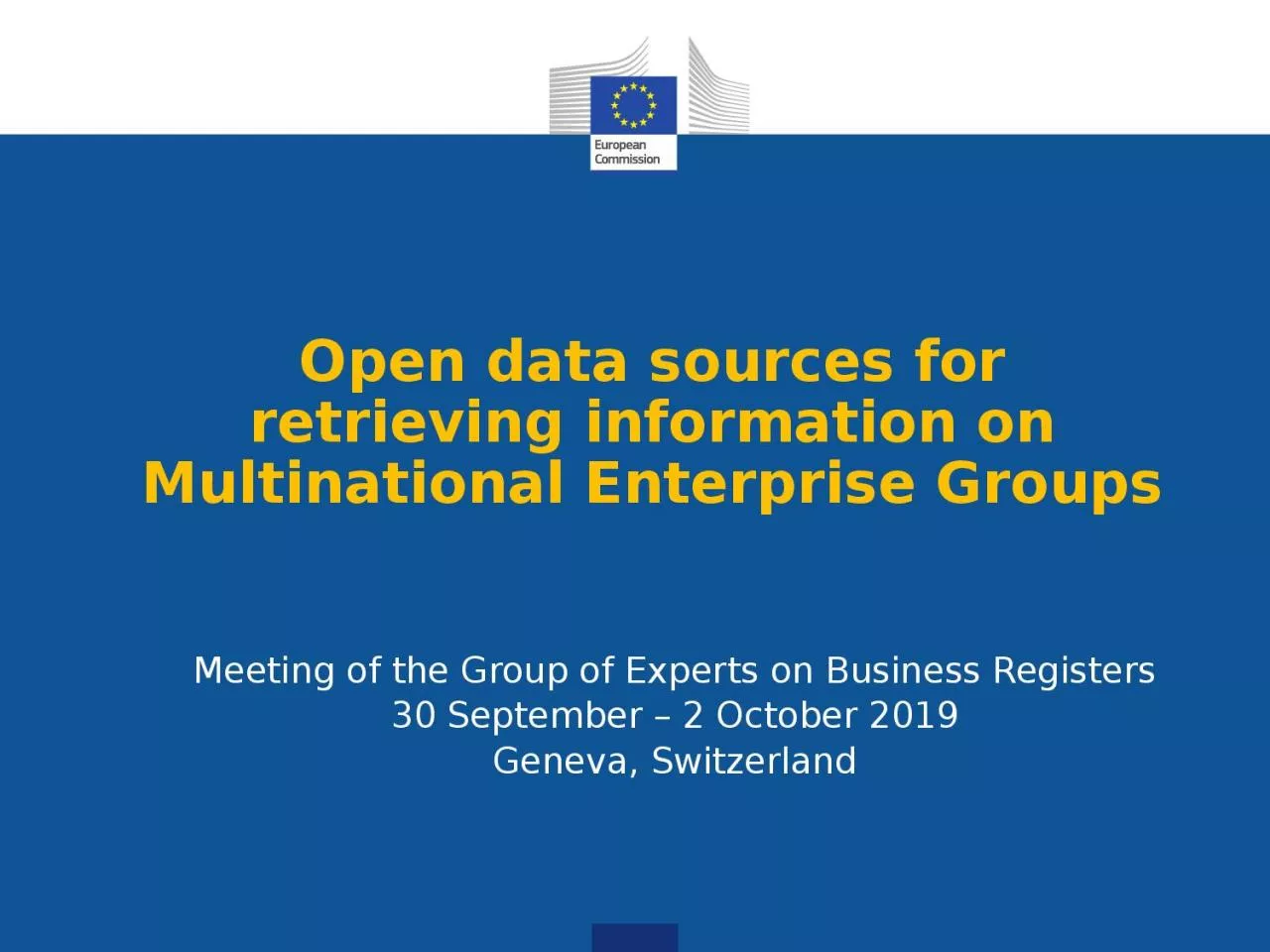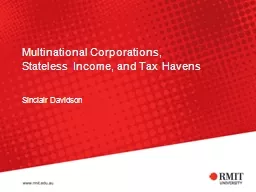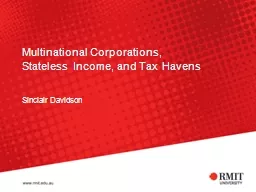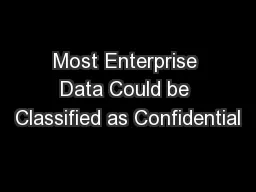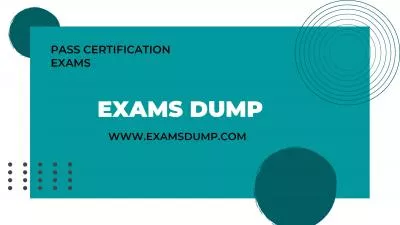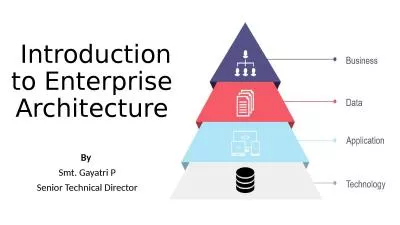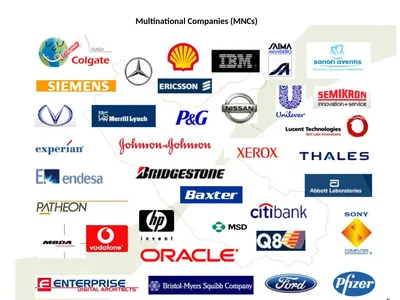PPT-Open data sources for retrieving information on Multinational Enterprise
Author : CutiePatootie | Published Date : 2022-07-27
Groups Meeting of the Group of Experts on Business Registers 30 September 2 October 2019 Geneva Switzerland Content 2 What is E uroGroups Register EGR Short
Presentation Embed Code
Download Presentation
Download Presentation The PPT/PDF document "Open data sources for retrieving informa..." is the property of its rightful owner. Permission is granted to download and print the materials on this website for personal, non-commercial use only, and to display it on your personal computer provided you do not modify the materials and that you retain all copyright notices contained in the materials. By downloading content from our website, you accept the terms of this agreement.
Open data sources for retrieving information on Multinational Enterprise: Transcript
Download Rules Of Document
"Open data sources for retrieving information on Multinational Enterprise"The content belongs to its owner. You may download and print it for personal use, without modification, and keep all copyright notices. By downloading, you agree to these terms.
Related Documents

